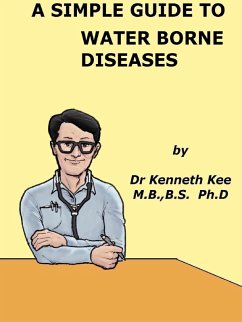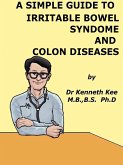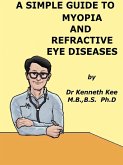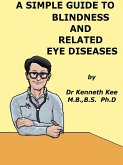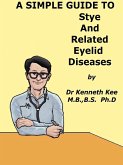Infection commonly results during bathing, washing, drinking, in the preparation of food, or the consumption of food which are infected in this way.
Micro-organisms which can cause water borne disease are:
1. Protozoal infections
Amoeba
Giardia
2. Parasitic infections
Schistosomiasis
Enterobiasis(threadworms)
3. Bacterial infections
Cholera
Dysentery
Leptospirosis
Typhoid fever
4. Viral infections
Hepatitis A
Water-related human health issues have become increasingly important with the emergence of new water-related infection diseases and the re-emergence of already known ones.
Most of the information is available for some water-, sanitation- and hygiene-related diseases such as salmonellosis, cholera, and shigellosis.
For others such as schistosomiasis or legionellosis, the data still is incomplete.
How are water borne diseases spread?
Water borne diseases are usually spread by the contamination of drinking water systems with the urine and feces of infected animal or people.
This happens where public and private drinking water systems get their water from surface waters such as rain, creeks, rivers or lakes which can be contaminated by infected animals or people.
Dirty water from landfills, septic fields, sewer pipes, residential or industrial developments can also sometimes contaminate surface water.
This has resulted in many outbreaks of fecal-oral (from feces to mouth) diseases such as cholera and typhoid.
Other ways fecal material can reach the mouth may be from the dirty hands or contaminated food.
Contamination of food is the most common way in which people become infected.
The germs in the feces can cause the diseases by even minimum contact and spread.
Contamination may also occur due to floodwaters, water overflow from landfills, septic fields, and sewer pipes.
Ways to prevent contact with contaminated food include:
1. improve the people's hygienic behavior
2. provide them with clean drinking water, washing, bathing facilities and proper sanitation.
Clean water plays a very important part for reducing the spread of water-borne diseases.
It is well recognized that the prevalence of water-borne diseases can be greatly decreased by providing clean drinking water and ensuring safe disposal of feces.
Water is disinfected to kill any pathogens present in the water supply and also from growing again in the water supply
Disinfection is then used to prevent the growth of pathogenic organisms and to protect public health and the choice of the disinfectant depends upon the individual water quality and water supply system.
Without disinfection, the risk from waterborne disease is increased.
The two most common methods to kill microorganisms in the water supply are:
1. oxidation with chemicals such as chlorine, chlorine dioxide or ozone
2. irradiation with Ultra-Violet rays
The other way is to boil water to 100 degrees centigrade and cook food with high temperature.
TABLE OF CONTENT
Chapter 1 Water Borne Diseases
Chapter 2 Amoebiasis
Chapter 3 Giardiasis
Chapter 4 Schistosomiasis
Chapter 5 Cholera
Chapter 6 Typhoid
Chapter 7 Dysentery
Chapter 8 Leptospirosis
Chapter 9 Hepatitis A Infection
Dieser Download kann aus rechtlichen Gründen nur mit Rechnungsadresse in A, B, CY, CZ, D, DK, EW, E, FIN, F, GR, H, IRL, I, LT, L, LR, M, NL, PL, P, R, S, SLO, SK ausgeliefert werden.

